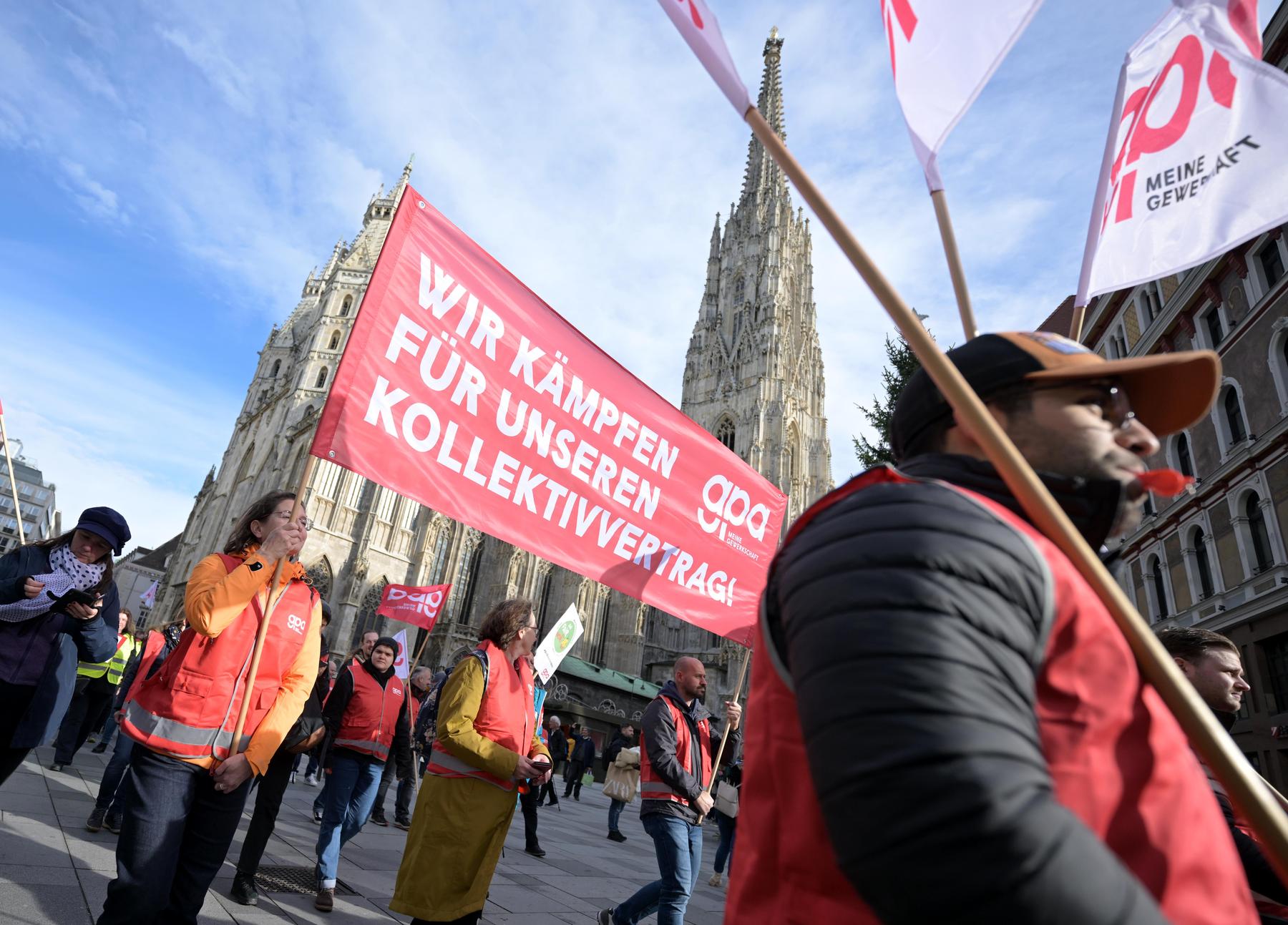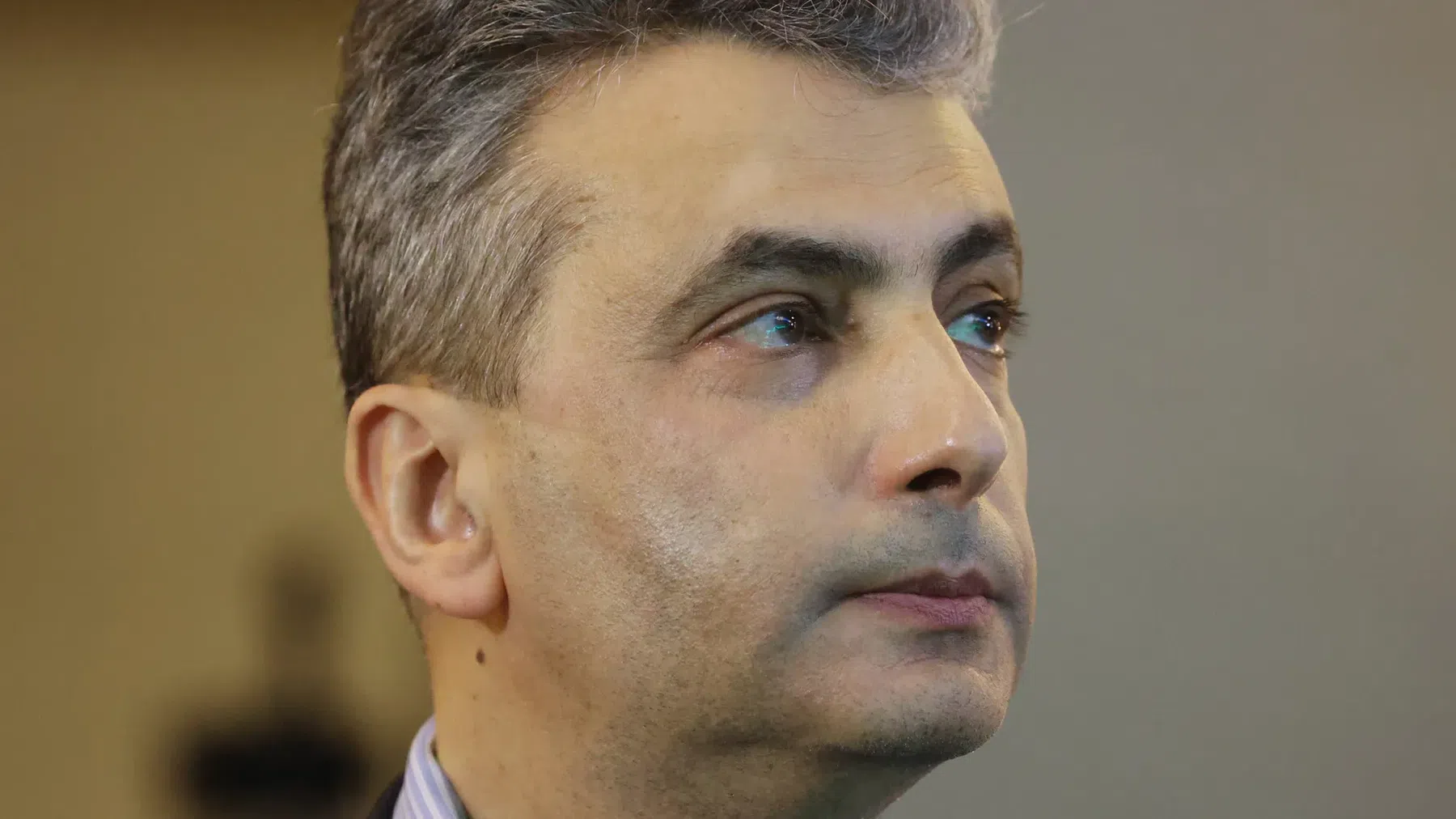Good for the union, bad for the location – Diepresse.com

Since 2011, inflation in Austria has been higher every year than on the average of the euro zone. As a result, labor costs increased more than with the competition. More and more economists are calling for a rethink in wage policy. But the union is walled.
When Anton Benya was an active trade unionist, times were others. In 1962, the metal union demanded the increase in minimum wages by eleven to 17 percent after years of increasing productivity, the abolition of the unpaid sick leave days and the discharge after 28 days of illness. Unpaid days of sick leave? Today unthinkable, in the Austrian welfare state such excesses are only known from the history books.
The high wage claims alone recently celebrated a revival. In September 2023, the metal union called for a wage increase of ten percent. It has become 8.6 percent. Inflation had climbed to a record level and the traditional mechanism to find wage it wants the wages to increase at least for inflation.
« Conservation of purchasing power »
The union does not work under the « preservation of purchasing power ». This is manageable in normal times. But since 2011, inflation in Austria has been higher every year than on average the euro zone. The gap in 2023 (7.8 vs. 5.4 percent) and 2020 (1.4 vs. 0.3 percent) was particularly great.
Because wages and salaries in this country are actually linked to inflation, the Austrian labor costs pulled away from many other countries. However:







